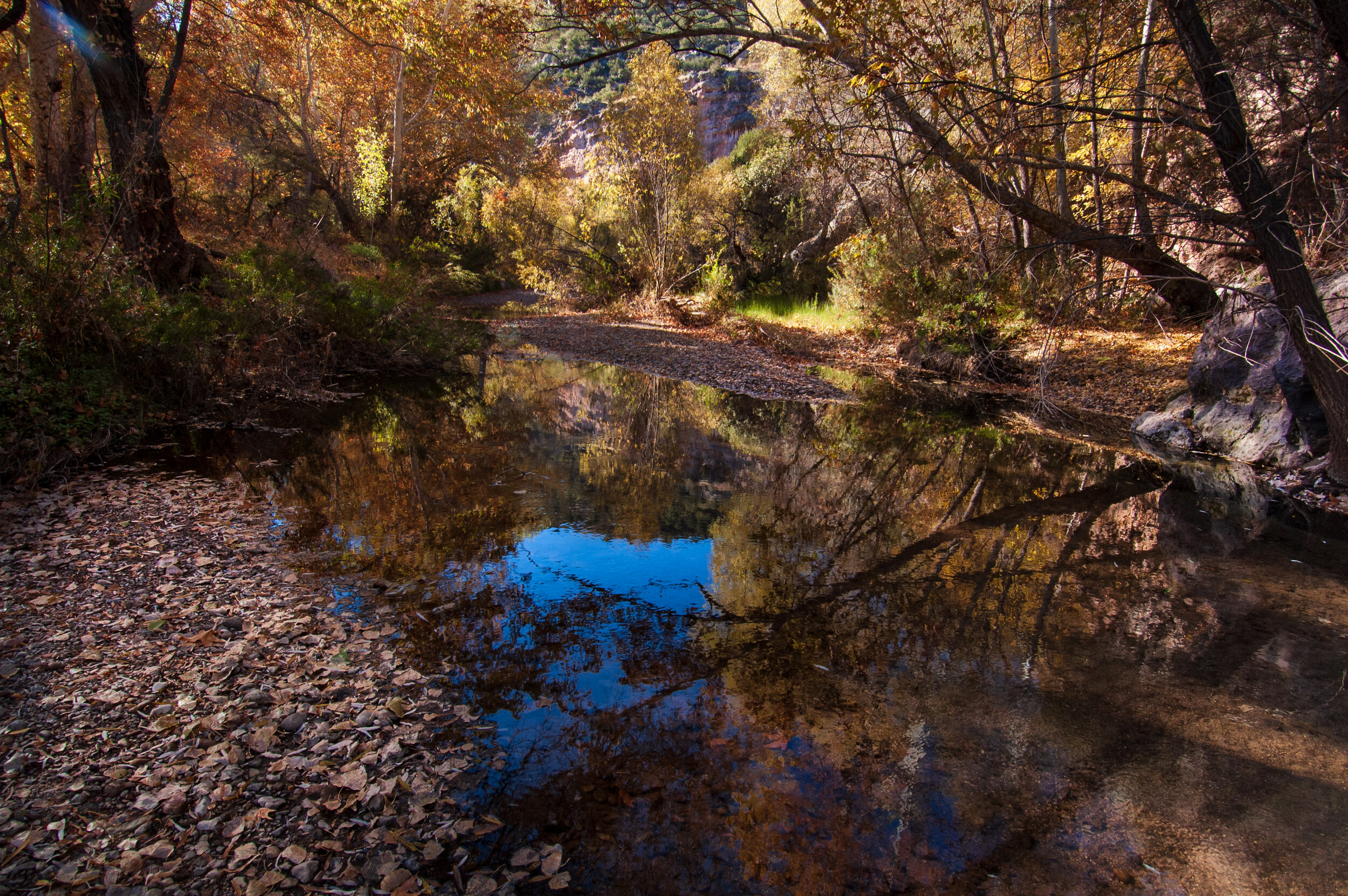
Borderland Rivers
Cuenca takes a whole-watershed approach to river restoration working to mitigate and reverse erosion using loose rock structures. These structures positively impact hydrology, geology, carbon sequestration, land cover, and biodiversity.
We use a variety of erosion control structures, including:
Trincheras - simple stacked rock structures that trap soil in streams and other small tributaries
Berms - shallow earthen dams that create a more heterogeneous land surface
Gabions - permeable, rock-filled wire baskets appropriate to waterways with a higher volume of water or faster flow
Water flows through and over these structures, ensuring they do not create a barrier for fish or other wildlife. Over time, as soil settles behind them and plants grow over them, the structures become part of the waterway.
Cuenca Los Ojos has:
Constructed over 40,000 trincheras, 1,000 berms, and more than 80 large gabions - the biggest of which measures 400’ wide, 18’ high, and 9’ wide (120 x 5.5 x 3 meters) and weighs 120 metric tons.
Planted more than 16,000 saplings along restored waterways and by reseeding adjacent grasslands.
As a result of this work more than 6 miles (10 km) of formerly dry river now flow year-round, and water tables have risen, even in the middle of a 15-year drought.
One example is the Cajón Bonito, which is home to eight native fish and has been described as the most important freshwater stream in North America.
River restoration is a nature-based solution to many modern environmental problems: they reverse erosion, prevent floods, provide less fuel for wildfire, recharge groundwater and aquifers, and sequester carbon.
